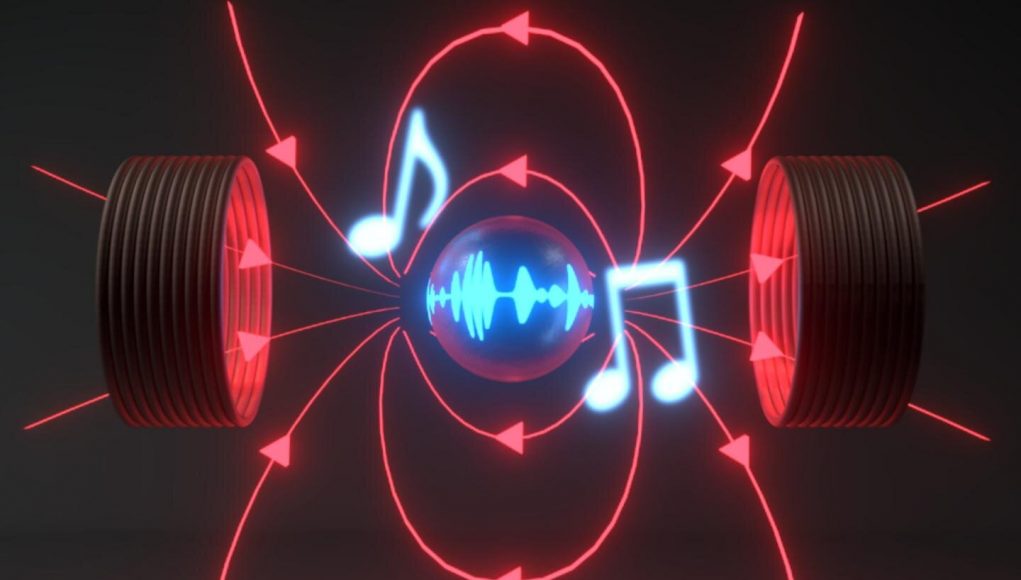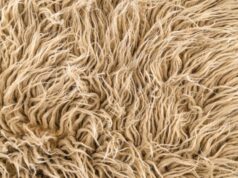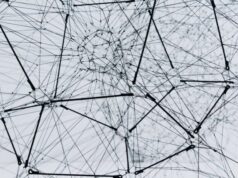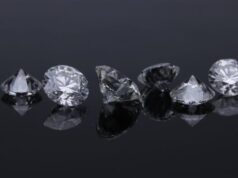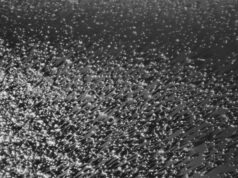Today, most quantum experiments are carried out with the help of light, including those in nanomechanics, in which tiny objects are cooled with electromagnetic waves to such an extent that they reveal quantum properties. Now, a team of physicists led by Oriol Romero-Isart at the University of Innsbruck and the Austrian Academy of Sciences is proposing to cool microparticles with sound waves instead.
While quantum physics is usually concerned with the basic building blocks of light and matter, for some time, scientists have been trying to investigate the quantum properties of larger objects, thereby probing the boundary between the quantum world and everyday life. For this purpose, particles are slowed down with the help of electromagnetic waves and the motional energy is drastically reduced. This is described as “motional cooling.” Quantum properties occur when particles are cooled to their fundamental quantum ground state, that is, to the lowest possible energy level.
So far, the only way to cool particles to the ground state has been to make them interact with photons trapped in an electromagnetic resonator. But theoretical physicists led by Carlos Gonzalez-Ballestero and Oriol Romero-Isart from the University of Innsbruck and the Austrian Academy of Sciences, in collaboration with experimentalist Jan Gieseler from Harvard University and ICFO in Barcelona, now propose to make the motion of magnetic particles interact with the internal acoustic waves that are confined inside every particle.
Sound waves in micro-magnets
In analogy to photons—the quanta of light—vibrations in a solid body can be described as so-called phonons. These small sound wave packets propagate through the crystal lattice of the solid. “The phonons are very isolated and interact with the movement of the particle motion only through magnetic waves,” explains Carlos Gonzalez-Ballestero. “In our work, we now show that this interaction can be controlled by a magnetic field.” This enables quantum experiments without photons, and therefore even with light-absorbing particles. “Conversely, we also show that the strong interaction between motion and phonons provides a path to probe and manipulate the elusive and exotic dynamics of acoustic and magnetic waves in very small particles,” adds Oriol Romero-Isart. The new method also opens up new possibilities for quantum information processing, for example, by using phonons as a quantum memory.
Find your dream job in the space industry. Check our Space Job Board »
Provided by: University of Innsbruck
More information: Carlos Gonzalez-Ballestero et al. Quantum Acoustomechanics with a Micromagnet. Physical Review Letters (2020). DOI: 10.1103/PhysRevLett.124.093602
Image: The motion of magnetic objects can be made to interact with their internal acoustic waves. In this way, as physicists from Innsbruck show, nanoparticles can be cooled down to such an extent that they exhibit quantum properties.
Credit: Carlos Sánchez Muñoz


